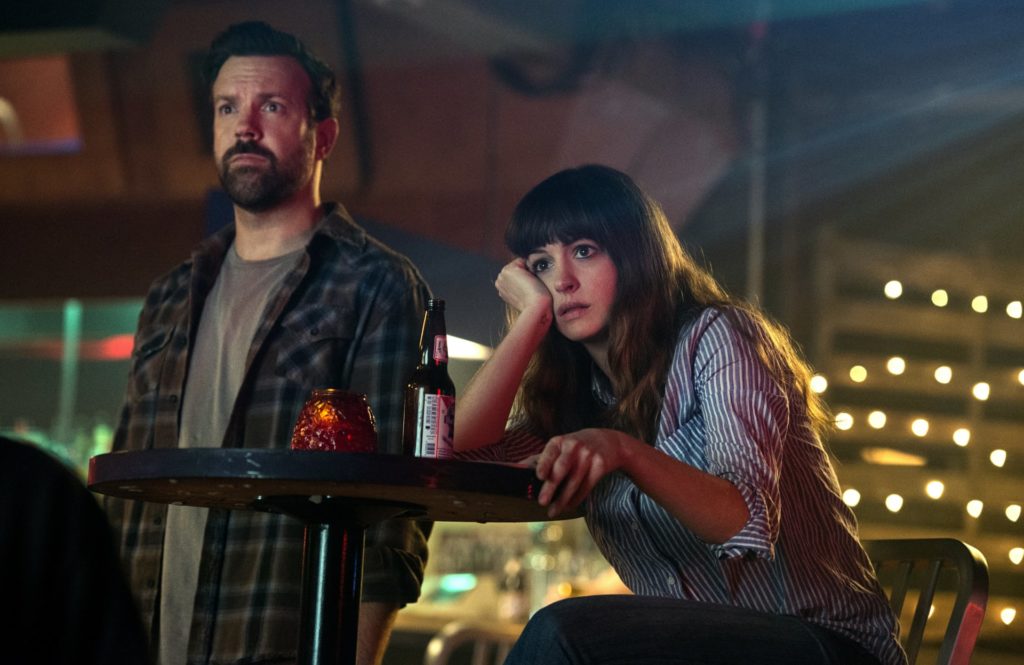
My boyfriend and I have a Saturday night tradition. We have a nice, home-cooked meal and afterward we watch a movie. Whether it’s a classic or a new one doesn’t matter — the only requirement is that it provide a satisfying cinematic experience. When the lights come on, you’re more than amused or distracted, you’re a little dazed, a little wobbly, and still immersed in that alternate reality the story created. One such movie was the Anne Hathaway-Jason Sudeikis vehicle “Colossal” from 2016, written and directed by Nacho Vigalondo. Every plot twist defied my expectations. What at first seemed like a sci-fi version of a rom com subverted genre conventions and turned out to be a deep exploration into this often-problematic genre. If you haven’t watched it yet, there are plot spoilers ahead, so you might want to read this after screening it.
Continue reading “Colossal” and Subverting RomCom Tropes